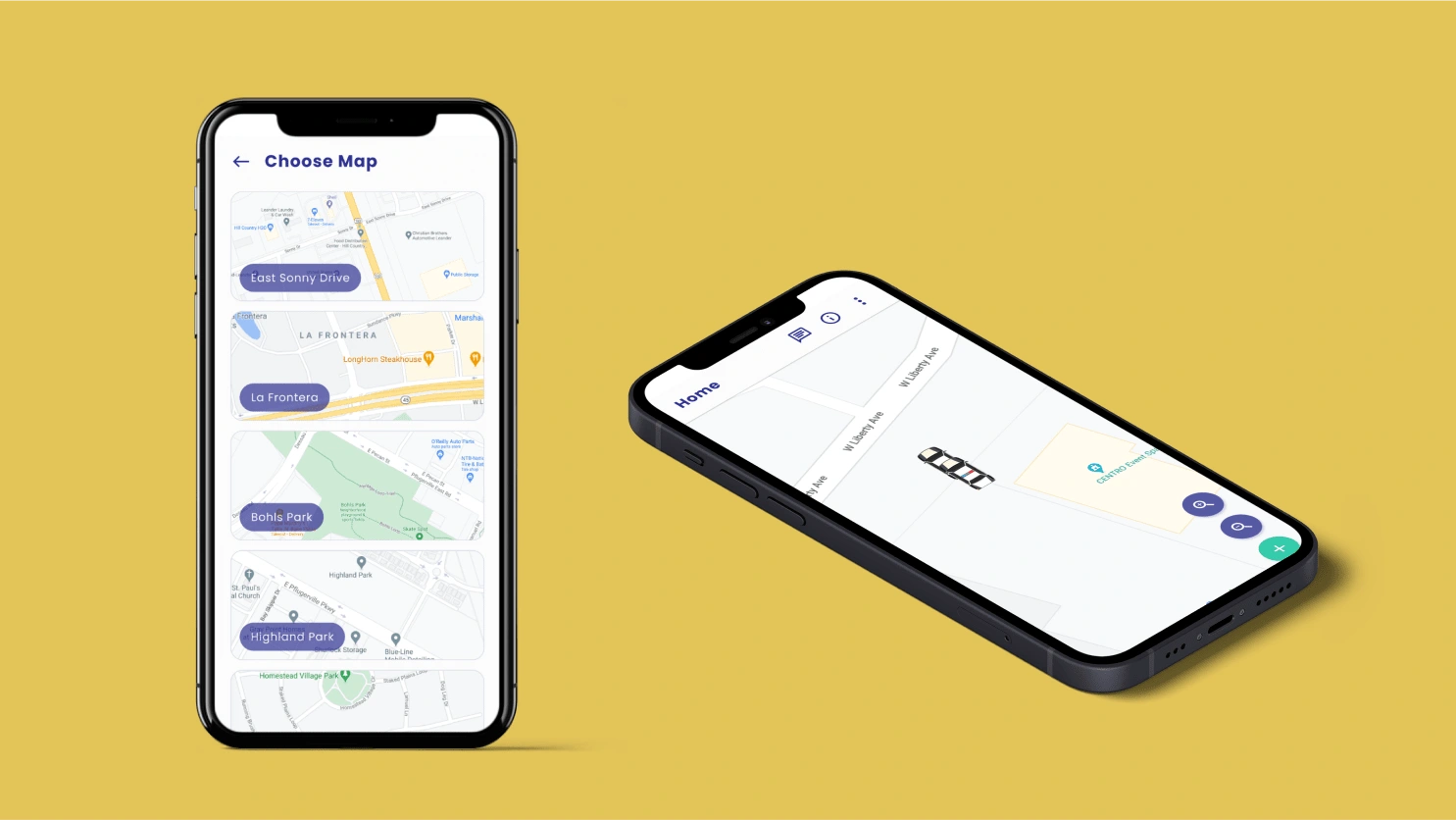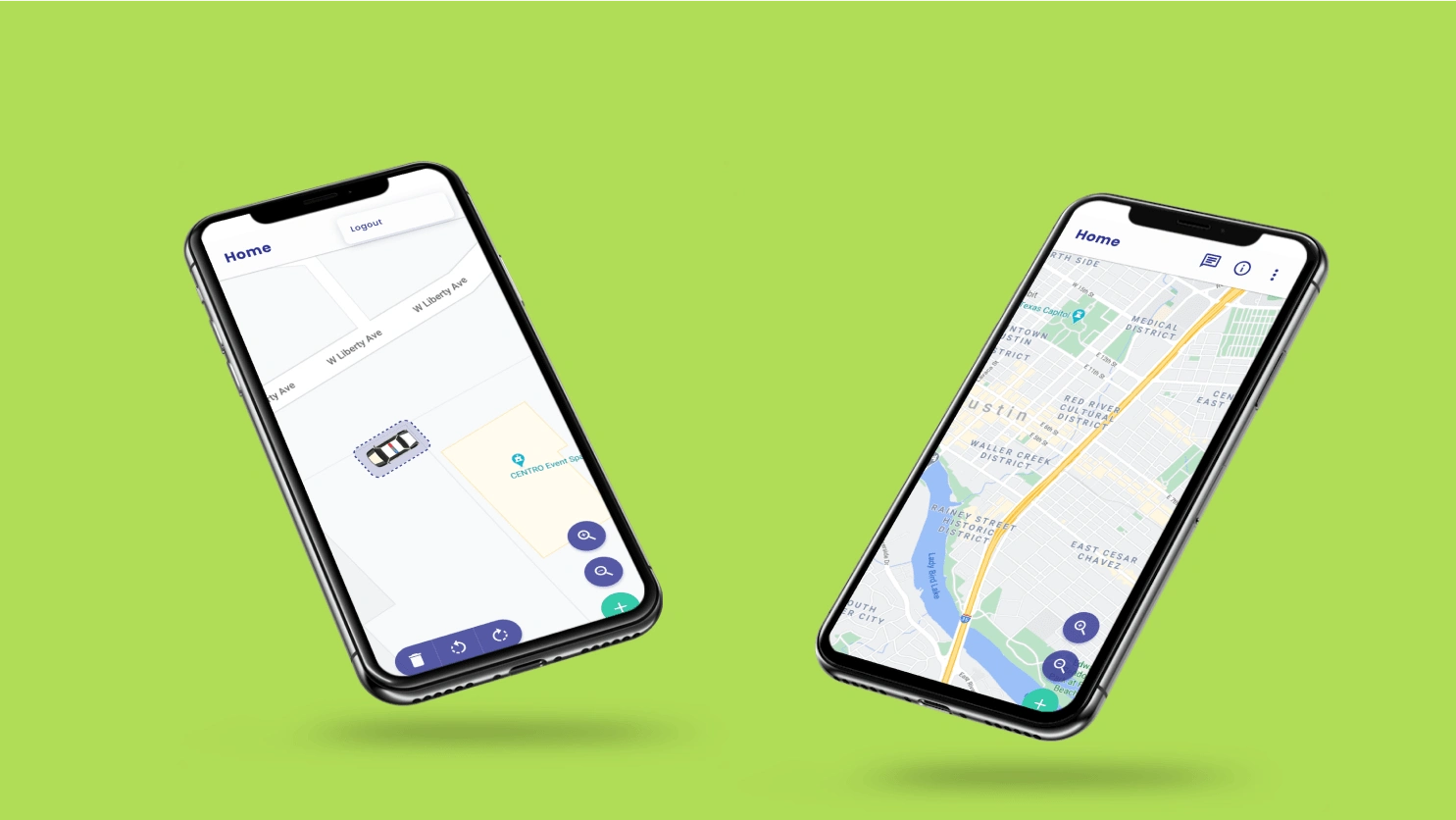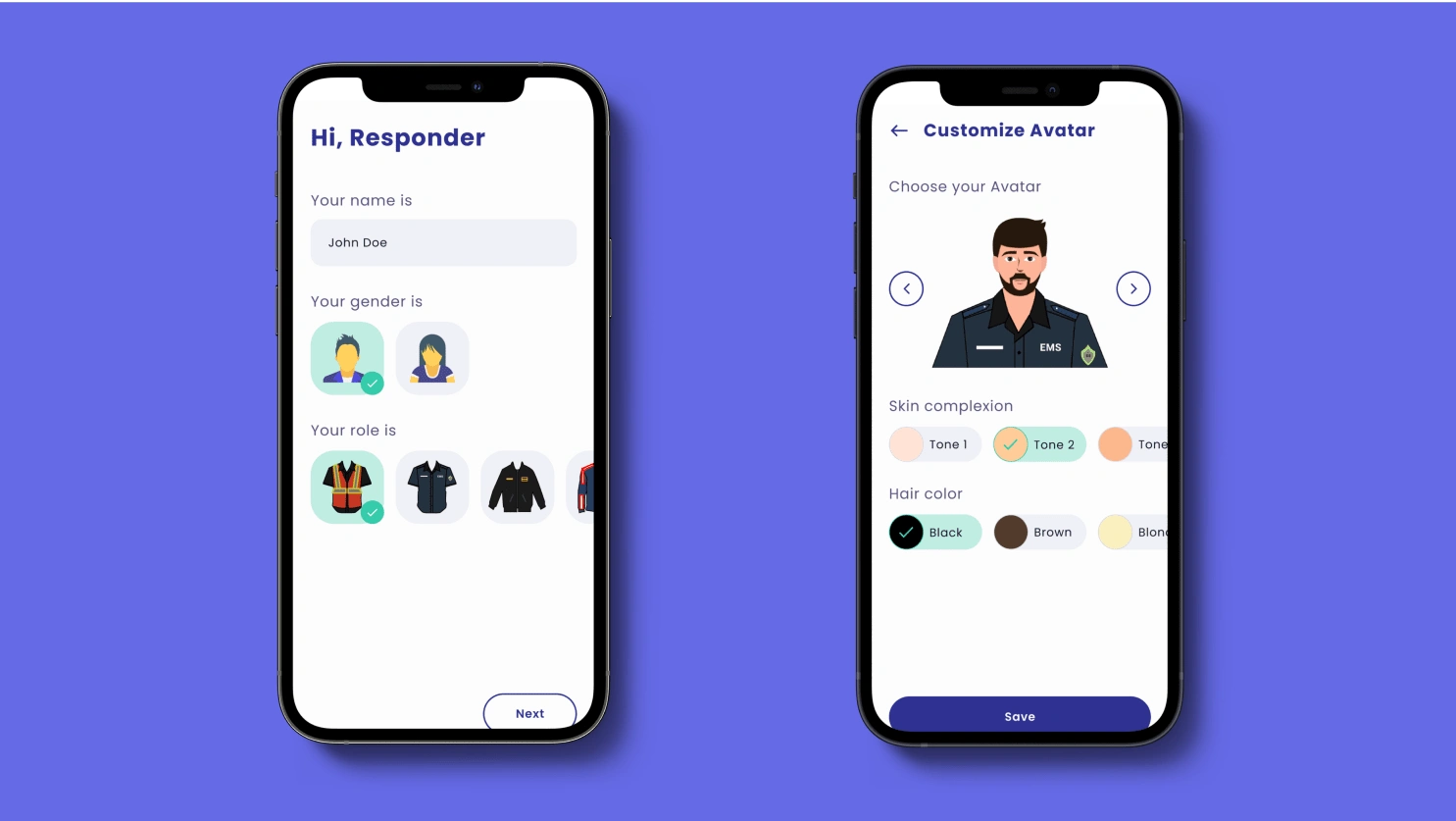Traffic Incident Management
Overview
Traffic Incident Management is a digital training solution devised to ensure uninterrupted training services amidst the pandemic, enabling candidates to participate remotely.
Problem Statement
The project necessitated expertise in real-time communication technology to enable seamless collaboration, allowing multiple users to engage in the training program concurrently from remote locations.
Goals and Objectives
Ensure continuity of training services despite pandemic restrictions, enabling candidates to participate remotely.
Implement real-time communication technology to facilitate collaborative training sessions, allowing multiple users to engage simultaneously from their homes.
Prioritize intuitive user interface and user experience design to ensure ease of use and engagement, fostering an interactive and engaging learning environment for participants.
Tech Stack
Backend: Django (Python), Django REST Framework
Frontend: React Native
Database: PostgreSQL
Cloud Services: AWS S3, Heroku, Firebase (FCM) for push notifications
Others: WebSocket for real-time communication, Docker, Git
My Role
I was the lead backend engineer responsible for designing the backend architecture, RESTful APIs, real-time communication protocol and database schema. I was also coordinating with the client and the frontend engineers, along with proper documentations.
Challenges & Solutions
Real-time and Responsive Experience
The primary purpose of the app was to provide a training platform which can simulate real-world scenarios using technology. This meant providing a resilient architecture to support real-time collaborative experience.
Solution: I built a solution leveraging WebSocket protocol to provide real-time communication which resulted in a lag-free seamless experience.
Architecture Design for Efficient Communication
The mobile app, for which the backend was designed, needed to communicate with the users over internet relatively frequently. This meant that the backend communication should be light-weight and efficient enough to support multiple users.
Solution: I designed the backend architecture to help this efficiency requirement. For example, eliminating the need to transport assets over the network, instead transporting short identifiers for locally stored assets to reduce the payload size to a fraction, providing a responsive experience.
Outcome & Impact
The implementation of the Traffic Incident Management digital solution enabled candidates to participate in training sessions remotely, overcoming geographical barriers and ensuring access to essential training resources during the pandemic.
The intuitive user interface and user experience design facilitated a seamless and engaging learning experience for participants, resulting in higher levels of interaction and active participation in training sessions.
The real-time communication technology allowed for collaborative learning experiences, enabling candidates to interact with instructors and peers, ask questions, and receive immediate feedback, ultimately leading to improved comprehension and retention of training material.
By providing a digital platform for training delivery, the Traffic Incident Management solution optimized the training process, reducing administrative burden and logistical challenges associated with in-person training, thereby improving overall efficiency and effectiveness.
Testimonials
“It's an awesome experience working with Kalpit. He’s one of the finest engineers I’ve worked with. Highly recommended!”
Reflection
Working on this project deepened my understanding of real-time communication solutions based on WebSocket protocol. It also helped me in looking for creative solutions for improving efficiency of products.
Screenshots





Like this project
Posted May 13, 2024
TIM is a digital training solution devised to ensure uninterrupted training services amidst the pandemic, enabling candidates to participate remotely.








